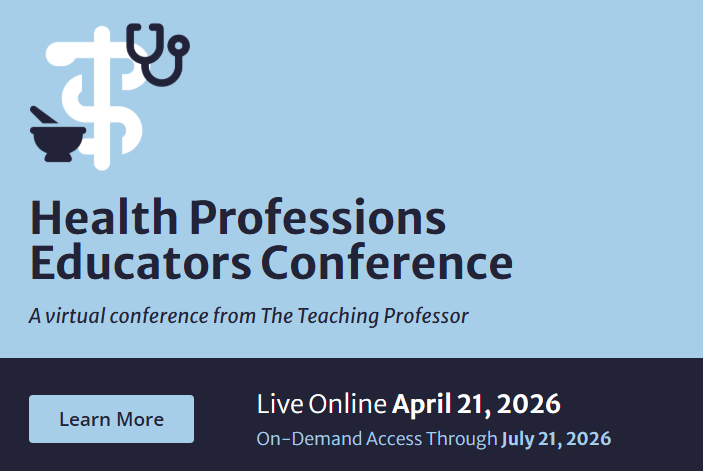“Is The Teaching Professor anti-lecture?” the sharply worded e-mail queried. “No, we aren’t,” I replied, “We’re anti poor lectures … just like we’re against group work that doesn’t work and any other instructional approach poorly executed.”
But the note did remind me that we haven’t provided much on lectures recently, and in all the classrooms I visited this semester, lectures were certainly alive and well (although some were not very healthy). My search for current resources uncovered the article referenced below, which identifies 10 “worthwhile considerations” that should be addressed by those who lecture. The author teaches in a science area and pulls examples from that content.





